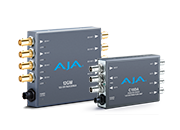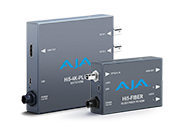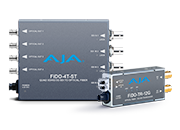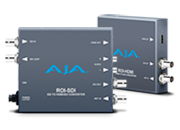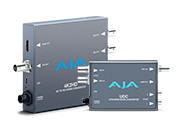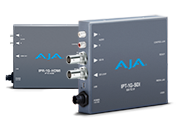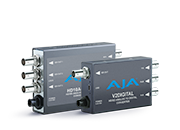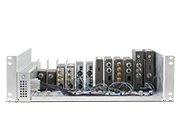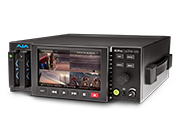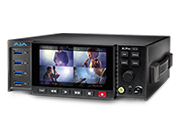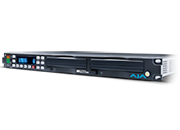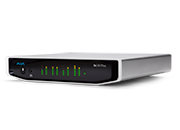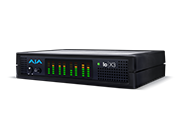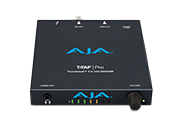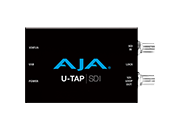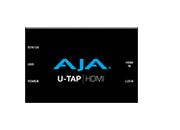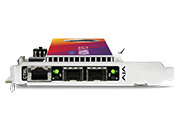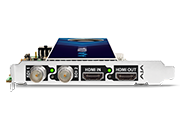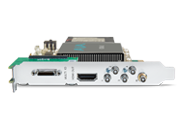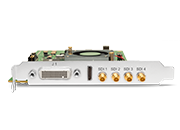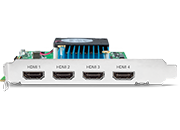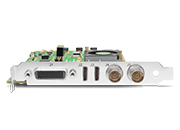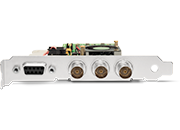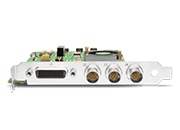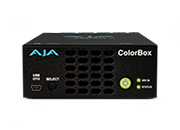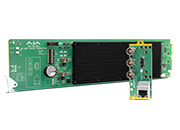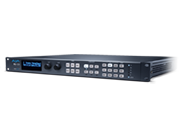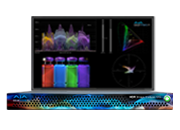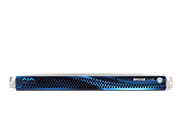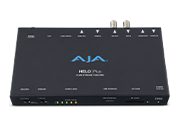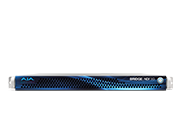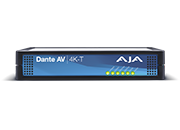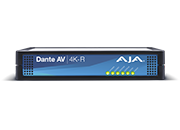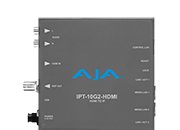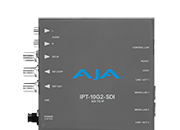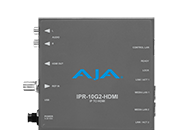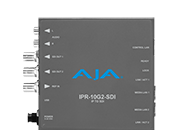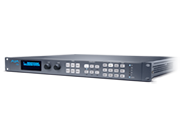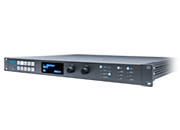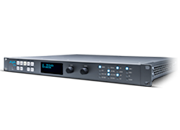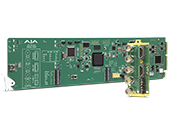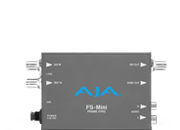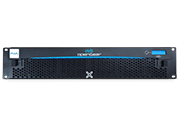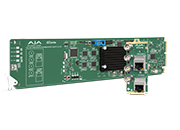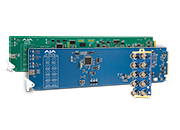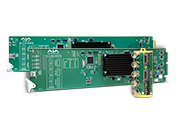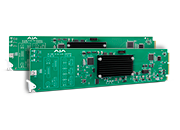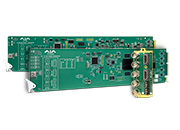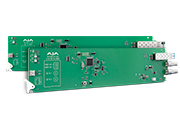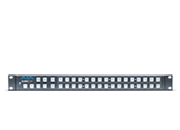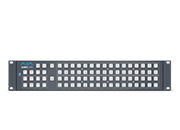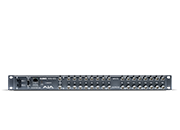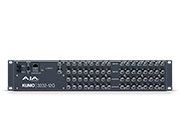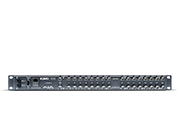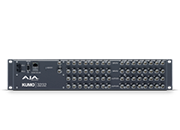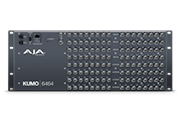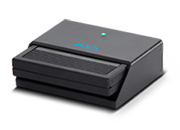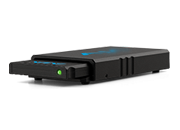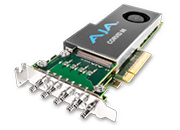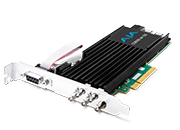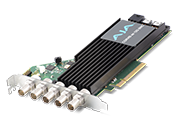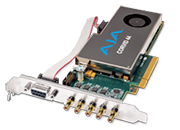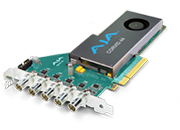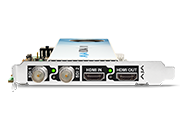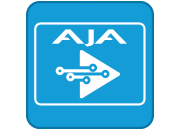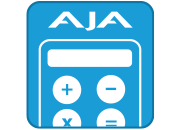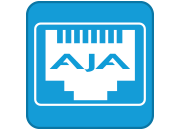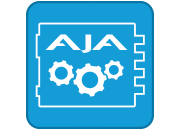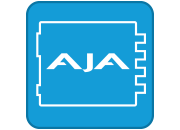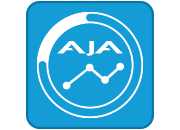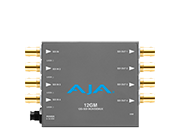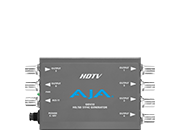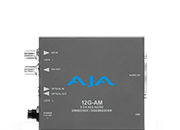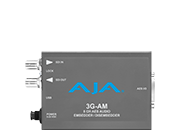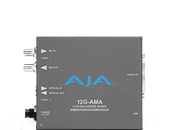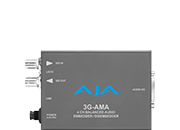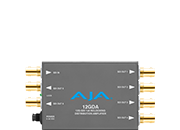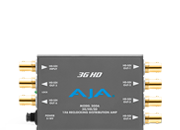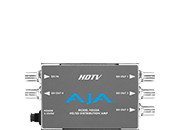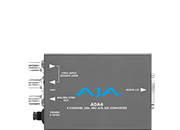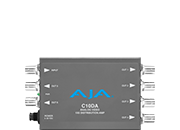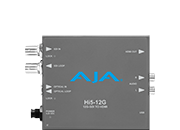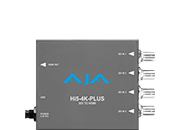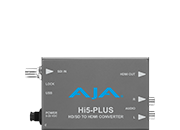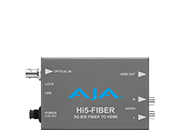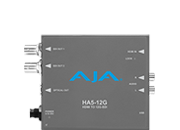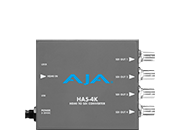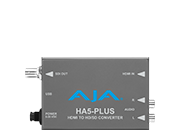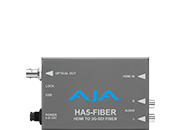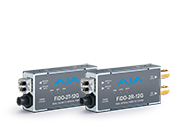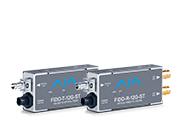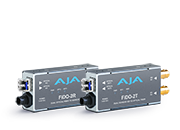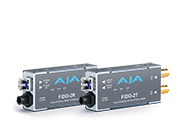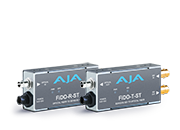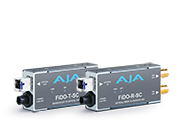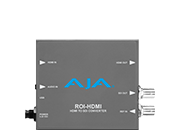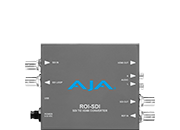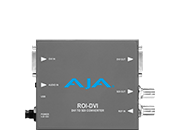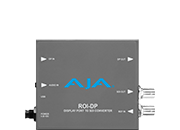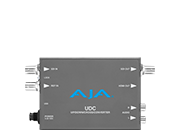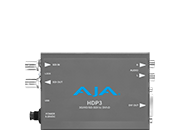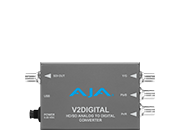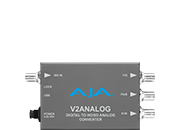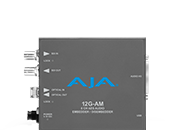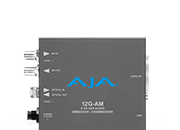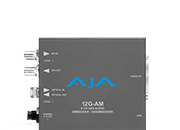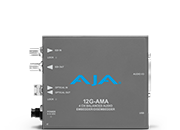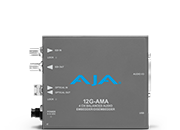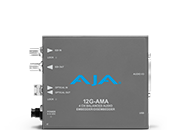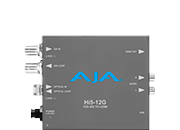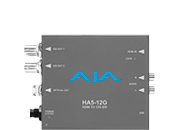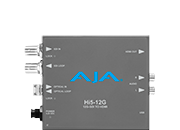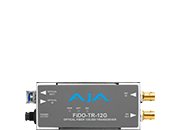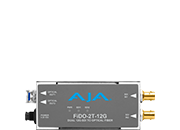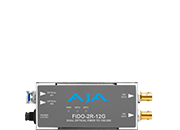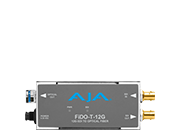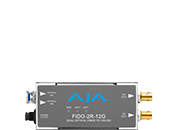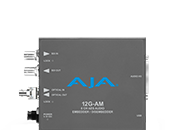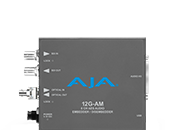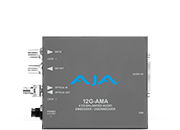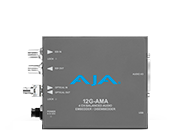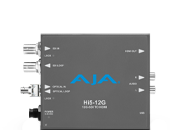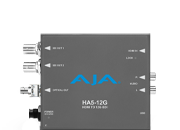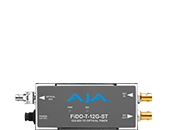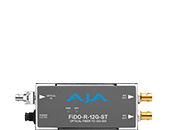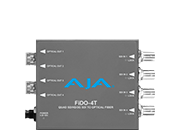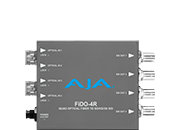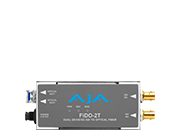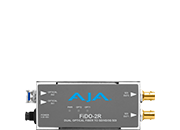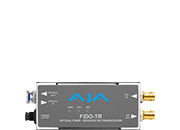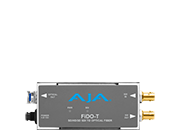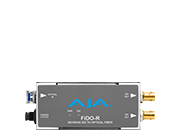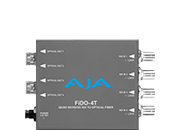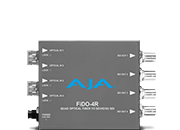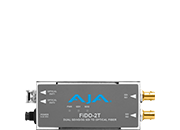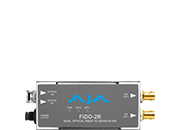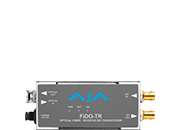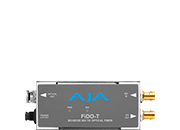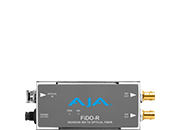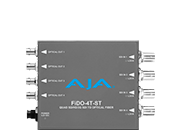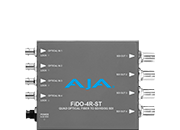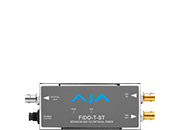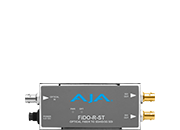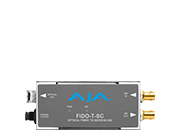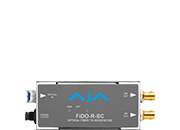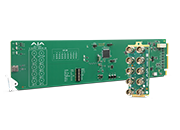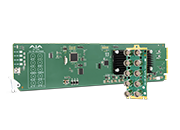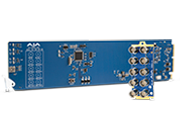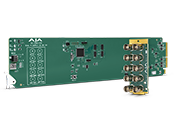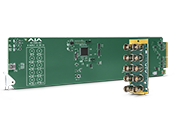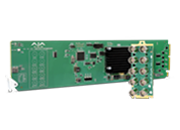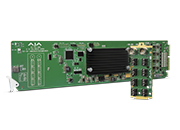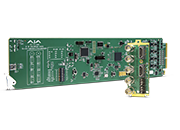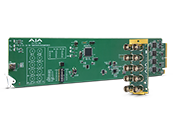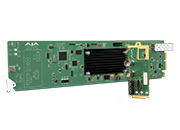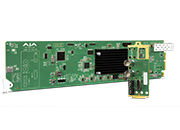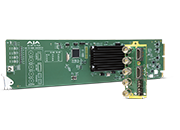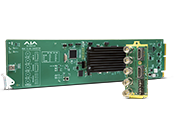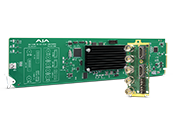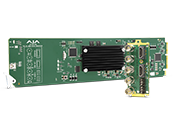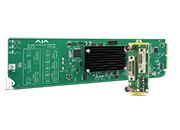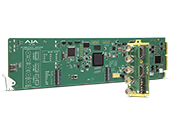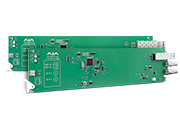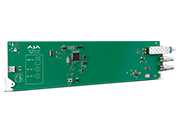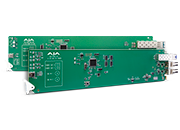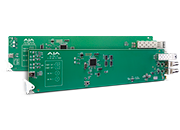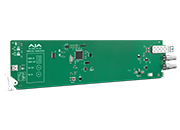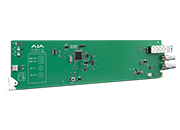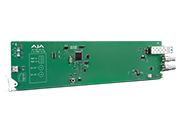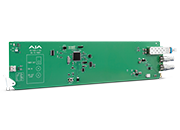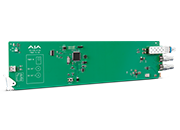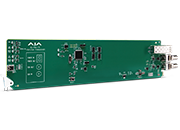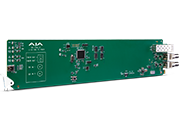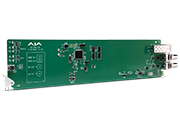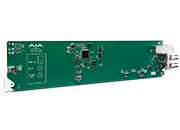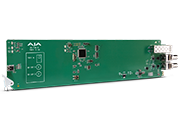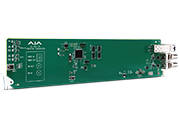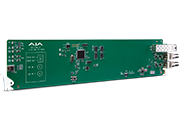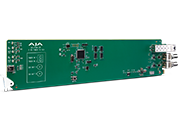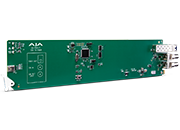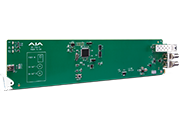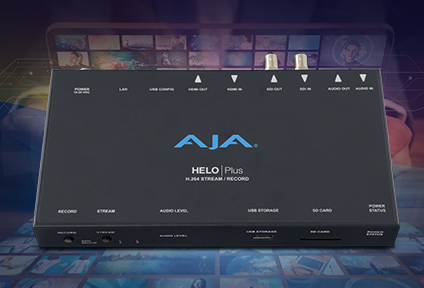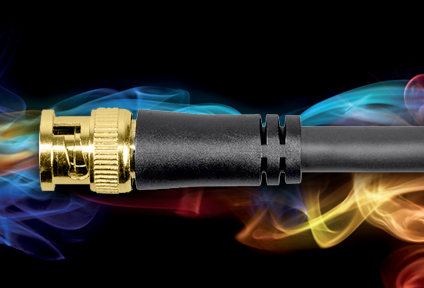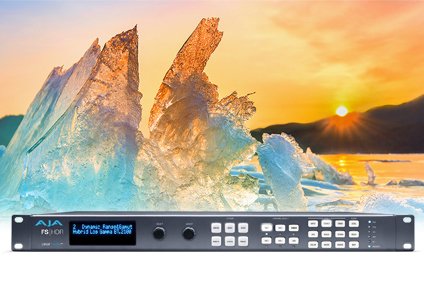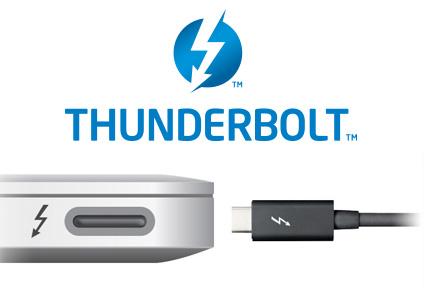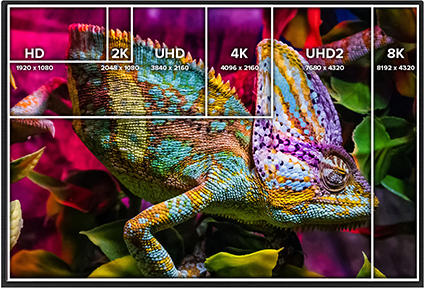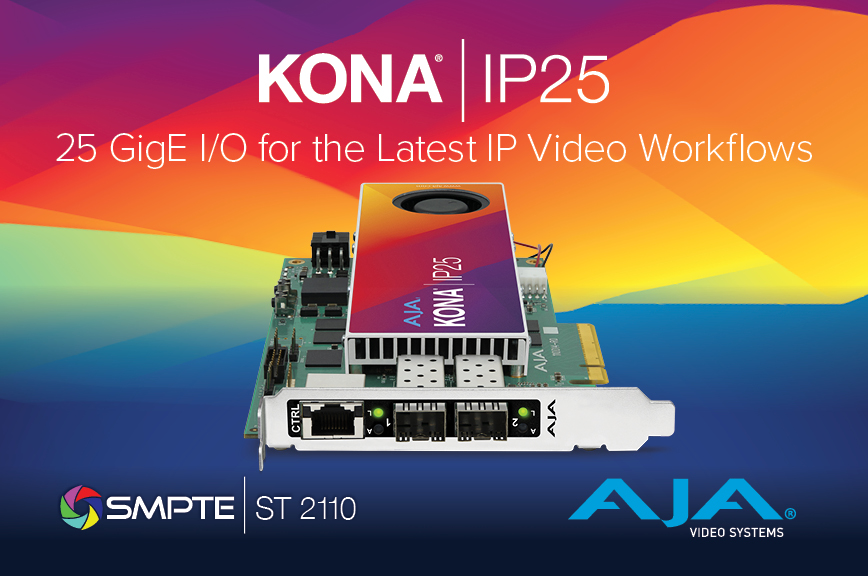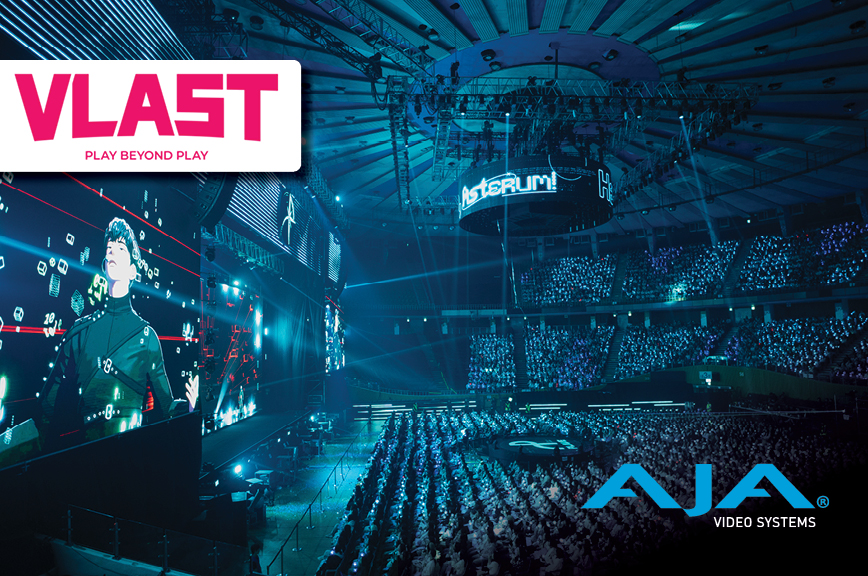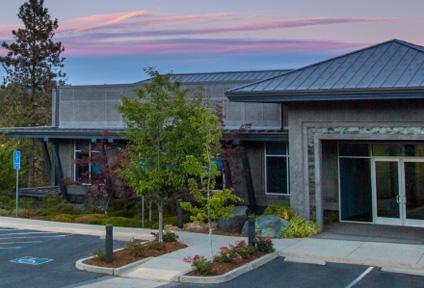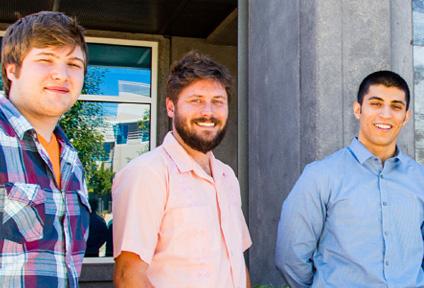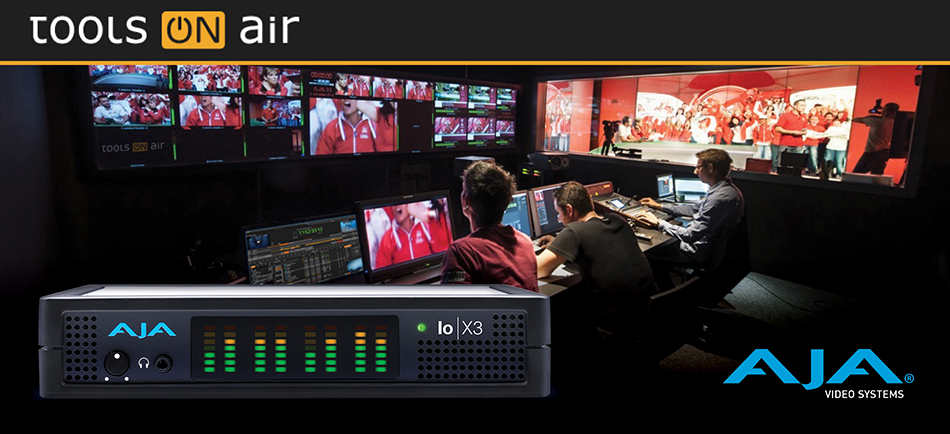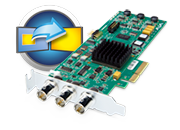ToolsOnAir Talks Accelerating Ingest and Post Workflows with AJA I/O Technology
August 18, 2022
ToolsOnAir captured the attention of the production industry when it launched the first Mac-based client-server ingest, playout, and real-time graphics solutions for broadcast more than a decade ago. Since then, the Austrian developer and AJA Developer Partner has expanded its line of products to support live automated playout and live closed captioning, and created a Linux-based ingest solution. We got the chance to chat with the ToolsOnAir team about their solutions, customers, and more. Read on for key highlights from our conversation with Head of Operations Manuel Grund and Ingest Solutions Manager Christian Schabasser.
How would you describe ToolsOnAir?
ToolsOnAir develops Mac- and Linux-based play and ingest solutions for TV stations and production facilities. Our team is based in Vienna, Austria, but we work with customers around the world – from major broadcasters to boutique production shops, larger production houses, houses of worship, government organizations, and educational institutions. France Télévisions, TBN, TD Ameritrade, Fernsehmacher, and Sportradar represent just a few of our clients.
Our original idea, back in 2008, was to introduce the Macintosh ease-of-use concept to the broadcast world. We started our journey with a pre-release of composition:builder, our real-time graphics template creator, to enable real-time graphic overlays over an incoming SDI signal. Not a new achievement in itself, but a first for the Macintosh platform in the range of features offered.
In 2010, we launched just:in mac, our first Mac ingest solution for TV stations and two flavors of playout technology, including just:live for attended playout geared toward the live production operator who is manually switching and taking the video live, and just:play, which allows the customer to build their own video, graphics, and advertising run down and automated playout. It was a relatively new concept at the time to run a TV Station on the Mac, and many questioned the feasibility of it. Thankfully, we were able to prove that it was indeed possible, and customers quickly began to uncover just how innovative, powerful, versatile, and intuitive our solutions are.
Building on the success of our Mac-based solutions, in 2017, we launched just:in linux, our enterprise-grade, client-server based ingest solution for multichannel recording uniting the power of a macOS client frontend with the scalability of a Linux-based backend.
Since then, we also developed just:CC, a live closed captioning tool, which will be launched in a new design and feature set later this year.
What kinds of applications does your technology support?
Although every customer use-case varies, our solutions largely facilitate ingest and playout for in-house production. They help teams capture recordings that can be turned around quickly for post needs, whether editing a religious sermon, college lecture, highlights reel, or other content that will be woven into future programming or for video-on-demand viewing. We design all our ingest systems with AJA I/O technology to be multi-format, so customers can use industry-standard codecs such as Apple ProRes, XDCAM HD, AVC-I, DNxHD/HR, or H.264/HEVC in the related MOV, MXF, MP4, or AVI containers. If the card and the SDK support the customer’s preferred container, codec, and frame rate, we support it. Customers can play out material to HDMI and SDI devices while recording at the same time, whether for monitoring or streaming needs, in which case we recommend additional hardware like the AJA HELO Plus H.264 streaming and recording device.

Tell us more about the role of I/O technology in your systems.
I/O technology is essential to what we do, which is why we’ve partnered with AJA since 2010. When we were first getting started, we had long discussions with our team and customers about the technology that would best suit our requirements. We knew we’d need a solid hardware and SDK foundation to build upon, and that’s what AJA is known for in the broadcast space. Their driver base stood out, but more importantly as a developer, the SDK allowed us to talk directly to the metal. We knew and still know that with AJA our customers will be able to see how every single frame that goes through the card looks and can easily process each. We’ve learned a lot after being in the industry for 12 years, and continue to refine our solutions to improve performance, so having a solid I/O partner like AJA has made the journey a lot easier.
Do your solutions ship turnkey, or is there an element of customization involved?
We offer both. macOS-based customers typically work through a reseller or systems integrator who purchases the Mac, AJA I/O hardware (either PCI or Thunderbolt), and a Sonnet PCIe enclosure for PCI cards, and we then provide the software licenses. Our Linux appliances ship out-of-the-box and solely include AJA cards. We provide the hardware, including the appropriate AJA Corvid I/O card, pre-install the software, ship the system, and then guide the customer through installation on-site or remotely once it arrives.
Which AJA solutions does your technology support/include?
All our Linux systems come with built-in AJA Corvid cards. For clients who are working in HD and UltraHD, we use the Corvid 88, as it offers eight inputs, so they can use eight for HD, or two for UltraHD via quad-link connection. In other situations, where four inputs are required we use a Corvid 44 12G BNC or Corvid 44 BNC. Overall, our customers are enthusiastic about their experiences with these solutions, as we’re seeing growing demand for pure 12G-SDI solutions from customers working in UltraHD.

Our macOS-based solution supports a range of I/O hardware, but we always recommend AJA Io and KONA solutions especially for playout scenarios. We recently had a Norwegian client replace their AJA Io XT with the new AJA Io X3 in their solution when upgrading to newer Apple silicon-based workstations. We expect we may see more Io X3 adoption among other Mac customers who don’t necessarily need a PCIe card; it’s a perfect I/O box for HD needs with its Thunderbolt 3 support, and features constantly being added via AJA Desktop Software updates. The device is modern, quiet, and has everything you can think of, including a wonderful multi-viewer feature and a range of audio input options, plus it doesn’t overheat. It's also a piece of cake to get started; you plug it in, install the drivers, and you’re off.

You alluded to demand for 12G-SDI as a driver for integrating with 12G solutions from AJA. What is driving this trend?
3G-SDI has been around for a very long time and works perfectly for HD needs, but given the fact that more content is being produced in high frame rate (HFR) 4K and UltraHD now, especially in sports or prime time productions, 12G-SDI is gaining technological favor; about 90 percent of our clients working in UltraHD are using native 12G-SDI tools. 12G-SDI brings many advantages to the table, so you have the power and bandwidth required to move UltraHD signal content through the cable, but you still have the flexibility to work in HD should the project call for it.
Which industry trends are you following?
We’re tracking the evolution of IP technologies like NewTek NDI®, which helped facilitate system integrations and REMI workflows, especially during the pandemic when no one was physically allowed to go into the studio. In the very beginning, people questioned how it could work to deliver and receive high quality video, with low latency, over IP without being flaky and full of artifacts. The protocol has proven quite the opposite and provided a seamless way to transport media throughout the production cycle with a continuously improving adoption rate. NDI continues to evolve today, which is why we’re continuing to monitor it closely.
We’re also looking at SMPTE 2110, as we’re seeing more and more big European and worldwide broadcasters invest in it. It’s more a reality today than ever before but requires a lot of preparation because of the uniqueness of the infrastructure and thinking around it. Making the leap to 2110 requires an adapted duality skill set of traditional broadcast and networking know-how, but we’ve already begun working on 2110 implementations for customers. This doesn’t mean, however, that SDI is going to die off soon. It’s still very much in use, especially 12G-SDI, and we’ll continue to support customers working with both SDI and IP.
For more details about ToolsOnAir, visit: https://www.toolsonair.com/. To learn how your team might benefit from AJA’s Developer program, click here.
About AJA Video Systems, Inc.
Since 1993, AJA Video has been a leading manufacturer of video interface technologies, converters, digital video recording solutions and professional cameras, bringing high-quality, cost-effective products to the professional, broadcast and post-production markets. AJA products are designed and manufactured at our facilities in Grass Valley, California, and sold through an extensive sales channel of resellers and systems integrators around the world. For further information, please see our website at www.aja.com.
All trademarks and copyrights referenced herein belong to their respective companies.
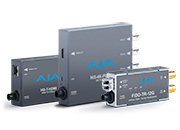 Mini-Converters
Mini-Converters
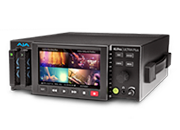 Digital Recorders
Digital Recorders
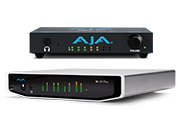 Mobile I/O
Mobile I/O
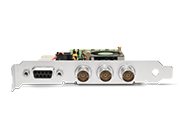 Desktop I/O
Desktop I/O
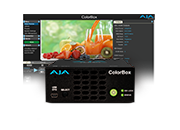 Color
Color
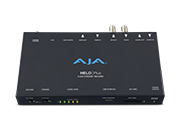 Streaming
Streaming
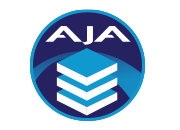 AJA Diskover ME
AJA Diskover ME
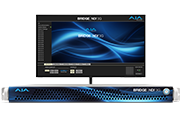 IP Video
IP Video
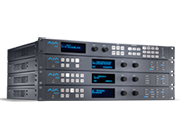 Frame Sync
Frame Sync
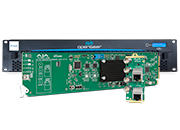 openGear
openGear
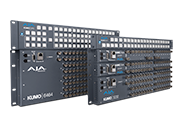 Routers
Routers
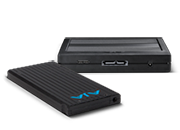 Recording Media
Recording Media
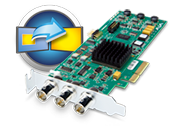 Developer
Developer
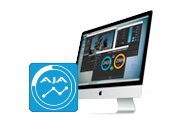 Software
Software
